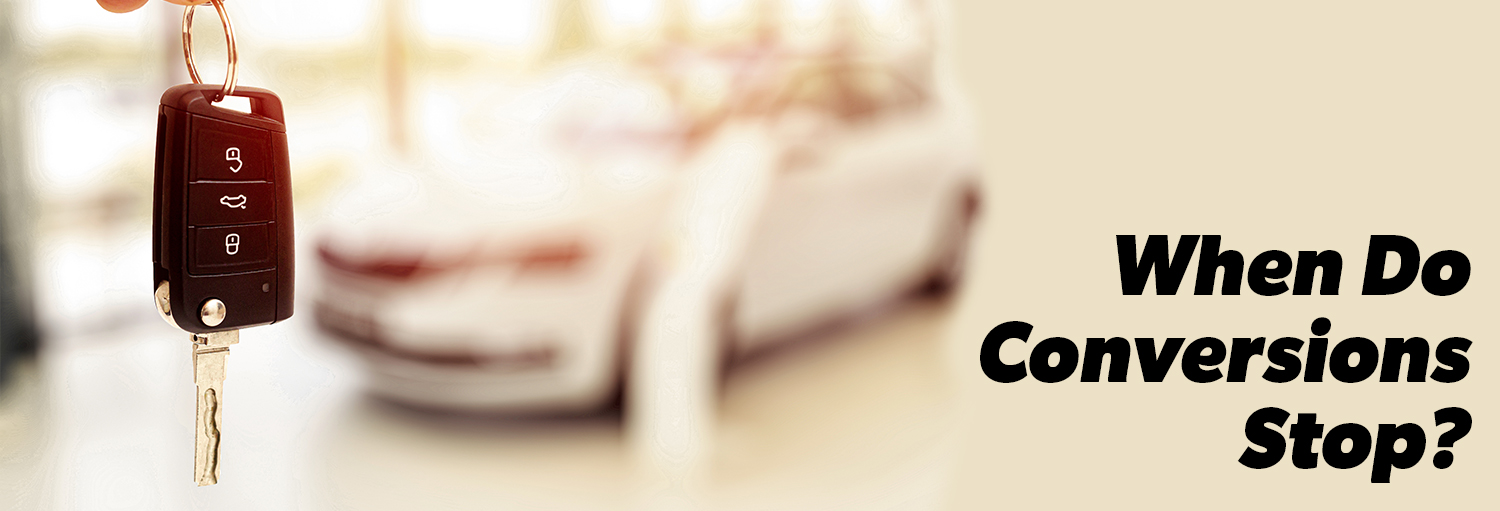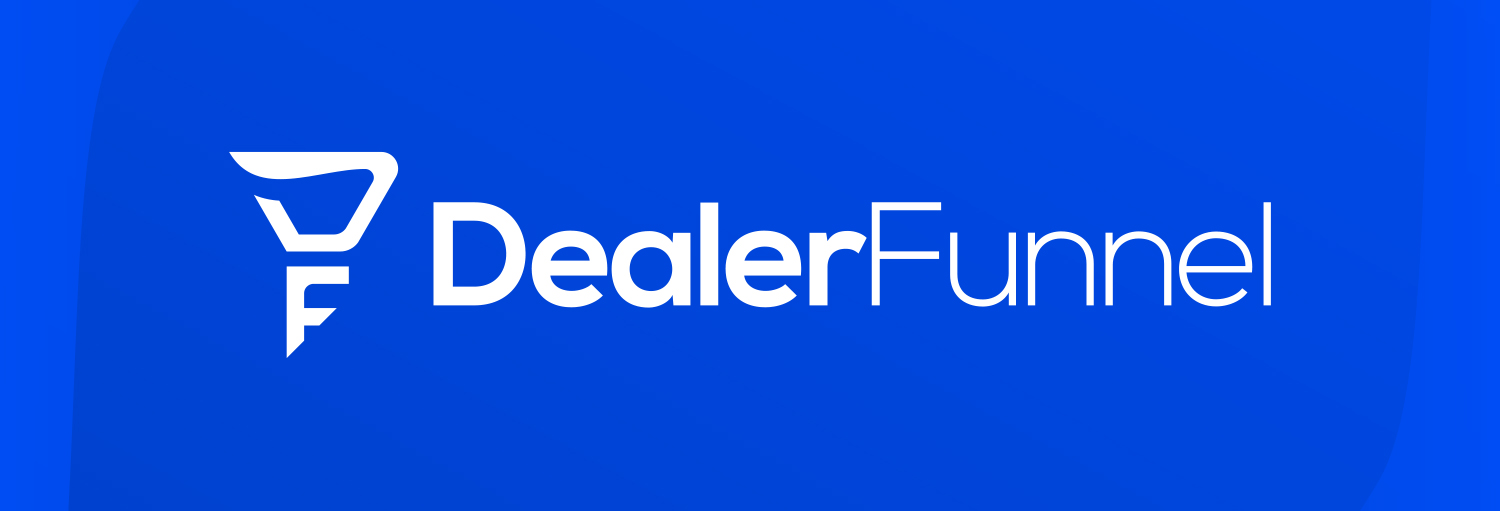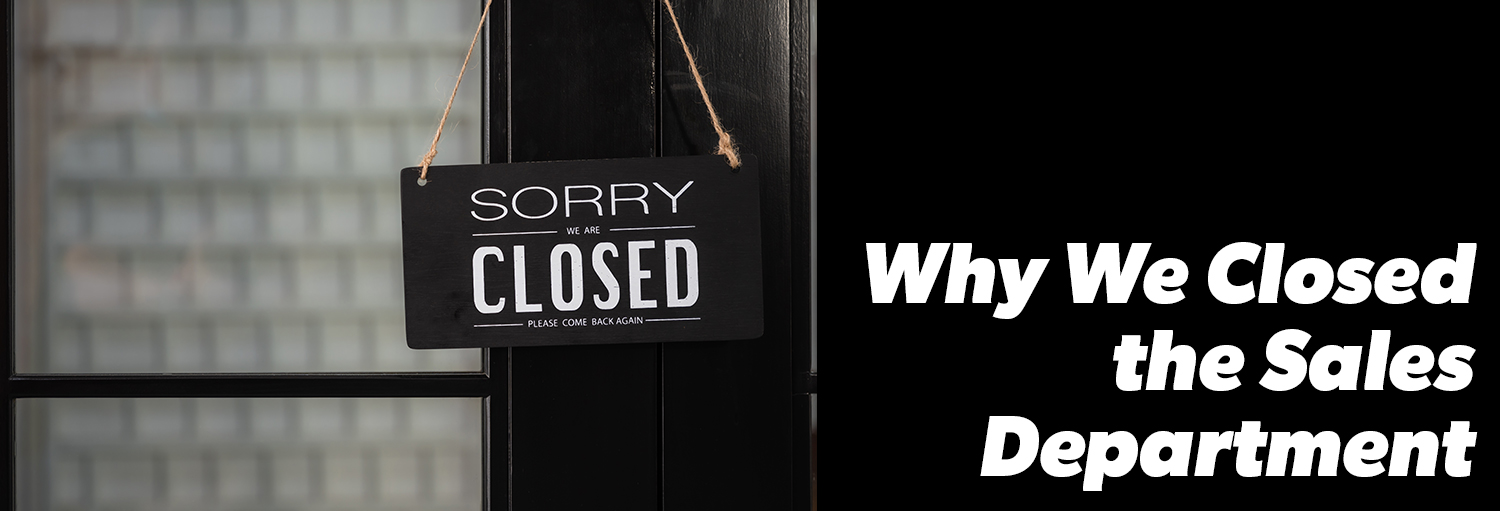While waiting to board a plane to Austin, Texas for my first trip to a Google Campus, my colleague and I were standing next to a woman wearing a sweatshirt that said “New Hampshire” on it. Being from New Hampshire I said, “I grew up there – love the shirt,” to which she replied, nicely, “yeah, I just got it.”
Once we boarded the plane, it turned out that she was sitting in the third seat of our row. She continued our conversation by reiterating, “so you’re from New Hampshire?” I said, “yes I am, born and raised.” Because she’s a retired school principal, she travels quite extensively now, and she told me the story of when she visited the White Mountains and how beautiful she thought they were. She was headed to Austin to meet some former colleagues and attend a science and technology conference.
So how is this connected to marketing? I’m sitting on a four-hour ride to Google to learn more about the platform and how I can help businesses sell more of their product in an effective, cost-efficient manner, and my mind can’t stop wondering why she bought the shirt.
The simple answer is she liked it. But as a marketer that spends an extensive amount of time figuring out how to make people tick, take action, and hopefully end up parting with a few of their hard-earned dollars. I couldn’t leave it there. I came to the conclusion that I normally come to: it was because of the way it made her feel.
So, does that shirt from the gift shop connect her to that trip, to the memories with friends and family, and to the beauty she doesn’t get to see everyday where she lives? Why did she wear it today? Headed to Austin, did it make her feel, even subliminally, like a world traveler or make her want to advertise to her friends that she had been to New Hampshire recently?
Chances are, if you’re reading this, you sell a product valued at more than that $29.95 shirt, so let’s dig in! Say you sell new or used cars, which most of our clients do, how much thought are you putting into how a customer feels prior to shopping and how they feel during and after the process? Many businesses take the stance, “We sell, X. X is a good product and I have invested a lot into selling it. People should buy X, because it is a good product and I am here to sell it.” Ladies and gentlemen, meet “entitlement,” which is the enemy of building a brand.
Every brand in the world makes you feel a certain way. Ponder this scenario for me:
Wearing a Rolex makes a successful man feel a certain way. It says something about him. After all, there are many ways to tell the time these days without wearing a $16,000 watch. Now think forward a few years, when he has a few grand kids and has made some more money, and the feeling of that Rolex is old. At every conference he goes to, he sees the guys wearing the trophy of their hard work in different models and colors. He boards a plane home and sees an ad for a Patek Philippe that says “You never really own a Patek Philippe, you simply take care of it for the next generation.” He pulls out his phone and starts to research a new watch to make him feel a different way.
That same guy walks into Nordstrom’s for a few things with his wife. He heads over to buy a suit for work and she heads over to the shoe department. An hour later, he’s out $2,200 and has a smile on his face as they load up the trunk and head home. He could have bought six pretty nice suits and seven pairs of shoes for his wife at Macy’s for those two stacks, but his trunk has two suits and a pair of shoes. After all, a Ted Baker suit will make any man feel better about himself. And his wife, well, she’s never been out in a pair of shoes that make her feel the way the Valentino’s in the trunk do. She cannot wait to wear them to a wedding on Saturday and will inevitably feel better when she puts on the most beautiful shoes she has ever seen.
Brands resonate with us. They tug on our souls. The way the concierge treats you when you make a purchase like that makes you feel like a millionaire at the moment. It feels good. It validates their hard work, and for a fleeting moment in time when the $2,200 leaves his hands, it feels normal, like an equal exchange. Two Suits, a pair of shoes and some world class service, and ahhhh life is good. Macy’s wouldn’t have made him feel that way.
People buy all kinds of things to make them feel a certain way. Want to feel like a badass outdoorsman? Head on over to L.L. Bean or Patagonia. Want to feel frugal and save money? Shop on a sale day and feel like you beat the system. Want to feel faster? Buy the newest running shoe for whatever the asking price is. You may not even realize it, but think about it: you buy everything you own – down to your shampoo and deodorant – because it makes you feel a certain way.
So, why oh why do so many businesses have websites that confuse people, are hard to navigate, don’t offer a value equation, and make them feel nothing? Consumer behavior is changing fast – we want things to be fast, easy, informative, and we want to connect to the things we buy. We want to feel smart about the purchase, safe in the fact we did not pay too much, and we want it to be easy and delivered within 36 hours. Yes, Amazon, Google and the like have trained us that we can get what we want, when we want it, and it will be easy.
If you own or run a business and have a website, I implore you to look at how your website makes your prospective customer feel. Whether it’s a $29.95 New Hampshire shirt, or the cars most of our clients sell that range from under $5,000 to close to $1,000,000, know your audience and actively work your brand to connect with them. Make them feel that connection, because it’s good for the soul and it’s good for your bottom line.
A few examples in our industry that are winning the battle right now are CarMax and Carvana, and auto dealers all across the country have made it easy for them to do so. At Carvana you’ll be told “Car-buying shouldn’t suck” and at CarMax, it’s “car-buying the way it should be.”
The sites are fast, they’re easy to navigate and I’m already pre-sold because yeah, it shouldn’t suck and I’m glad I’m on a site shopping at a company that “does it the way it should be.” When that home page loaded, it made me feel a certain way. I can spend my $27,500 anywhere, because I’m going to buy a car and there are millions to pick from. I’m in the market and the money is all but spent, so why not spend it somewhere that doesn’t suck, does it the way it should be, and that makes me feel “good?”
Local businesses, car dealers included, can fight this battle against larger and better-funded companies that are focused on the brand experience. It’s really not that hard, you just need to focus on the experience too.
The only reason Carvana is winning and selling cars in the backyard of dealers who have the same products and who sell it for less most of the time is because of, you guessed it, how they made the customer feel. It was fast, it was easy, they’ll deliver it to my door – wow, that really didn’t suck! There’s not a dealer in the country that can’t do exactly the same thing, but we don’t. We stick with old website designs. We ask for required fields in old-style lead forms for every CTA there is on the site, and make the customer feel that we are going to call them every second until they buy from us or turn us in to the authorities for badgering them. That’s how most of us in the auto industry still do it. That’s how we make a customer feel. We’re behind. It’s a clunky, slow process, and we think we are entitled to their business because we sell X’s and, by gosh, I’m closest to you and shouldn’t that be enough?!
Adding insult to injury, we spend more and more money to get traffic to sites with Google, Facebook, a great SEO strategy, traditional media, etc. Then, we somehow expect the website to do some magic, even though we all know it isn’t set up very well. Our old-school mentality as an industry has us going back to the internet manager and the BDC to yell about leads being down, and why we don’t have 10 appointments for the day. But we didn’t open up the website and also check the competition’s site – you know, the one kicking your ass – to see what maybe they’re doing differently. Ahhhhhhh, there it is, that’s what they’re doing differently. “But that isn’t for us, that won’t work here.” That’s the sales managers’ sentiments on the subject.
Yes, I said it. There is someone in almost every store that will buck the system and keep saying we shouldn’t change things, we just need more traffic. News flash: you have more traffic, and if you don’t you have the wrong strategy. The traffic just doesn’t walk up every morning, grab the paper and head out on a 5 store visit tour on Saturday morning anymore. They spend all night Friday shopping on websites and hoping a dealer that has the car they want has good pictures, has a good website that informs them and, wait for it, makes them FEEL like that is the place they should go first thing in the morning to buy a car. Notice I didn’t say “look” at cars. They did that. Maybe they searched YouTube for how the engine sounds. I know I did that for the last car I bought, and heck, I felt like I had already driven the car before I even saw it.
So, I submit to you where you need to spend your efforts in the coming months. Work with someone who understands consumer behavior and trust them. Test changes to your website. I heard someone say recently it’s not your second showroom anymore, it’s your first. BOOM! That’s well-said and I agree. It’s no different from training the receptionist how important her tone, politeness and speed is, because they’re the first impression and contact for a phone call. Well, again I have news: it might be the first contact still, but it might not be. Your website was more than likely the customer’s first impression and their first contact might have been chat. So let’s all be as aggressive, intent and focused on that first impression as we were in 1989 while training our receptionist.
Troy Spring is the owner of Dealer World, Agency 345, and co-founder of Dealer Funnel. His roots in advertising started while he managed four automotive dealerships and the large advertising budgets for the stores. The dealerships all grew under his watch. He credits much of that growth to the advertising decisions he made to drive more business to each location. He has spent the last decade perfecting what he calls the four pillars of advertising: reach, frequency, creative, and cost. He is a strong advocate of this formula. He spends much of his time sharing these concepts as a national speaker and occasional guest on podcasts.












